Swimming is a full-body workout that demands both strength and flexibility. While many swimmers focus on technique and endurance, one critical element often overlooked is flexibility training—specifically, static stretching. Just 12 minutes a day can significantly improve your range of motion, reduce muscle stiffness, and enhance stroke efficiency. This guide offers swimmers a science-backed, time-efficient routine to integrate static stretching into daily life.
Static stretching involves holding a stretch in a fixed position for 20–60 seconds. Unlike dynamic stretching (which is best pre-swim), static stretching is most effective post-workout or during recovery periods. For swimmers, it helps lengthen overused muscles, particularly in the shoulders, hips, and hamstrings—areas under constant strain during strokes like freestyle and butterfly.
Recent research indicates that while static stretching may not enhance performance before activity, it plays a vital role in long-term flexibility, injury prevention, and muscle recovery—especially when done consistently. A few minutes daily can lead to measurable gains in joint mobility and muscle elasticity over time.

This simple, evidence-based routine targets key muscle groups used in swimming. Perform each stretch slowly and with control, holding for 30 seconds per side unless otherwise noted. Aim to complete this post-swim or before bedtime for optimal results.
Sit or stand upright. Bring one arm across your chest and use the opposite arm to gently pull it closer. This stretch targets the posterior shoulder and rotator cuff—critical areas for stroke mechanics.
Raise one arm overhead, bend the elbow, and reach your hand down your back. Use the opposite hand to gently press the elbow downward. This improves overhead reach and reduces strain during pull phases.
Stand in a doorway, place forearms on the frame at 90 degrees, and step forward until you feel a stretch across the chest. Swimmers often develop tight pectorals; this stretch restores balance to the upper body.
Sit with legs extended, feet flexed. Hinge at the hips and reach forward. This gently stretches the hamstrings and lower back—key for efficient kicking and body rotation.
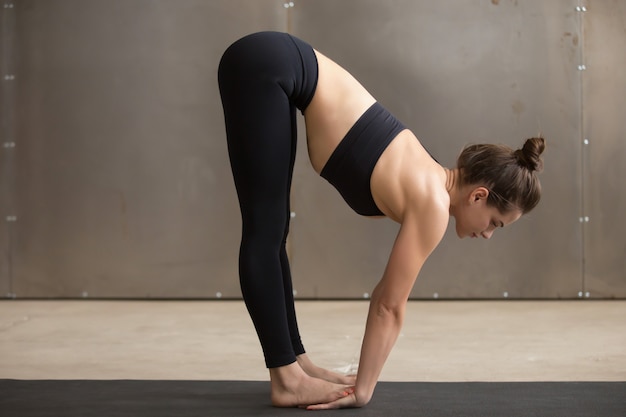
Sit with the soles of your feet together, knees bent outward. Hold your feet and gently press your thighs down. This opens the hips and groin, improving kick amplitude and body alignment.
Lie on your back near the edge of a bed or bench. Let one leg hang down while the other remains bent with foot flat. You should feel a stretch in the front of the hip. Tight hip flexors can limit body roll and leg drive.
Gently tilt your head to one side, bringing your ear toward your shoulder. Use light hand pressure if needed. This relieves neck tension from repetitive breathing motions.
Consistency matters more than duration. To make 12 minutes of stretching stick:
Static stretching is best performed when muscles are warm—after swimming or light activity. Avoid intense static stretching before a race or hard workout, as it may temporarily reduce muscle power. Instead, use dynamic movements like arm circles or leg swings pre-swim.
For injury recovery or chronic tightness, static stretching—when done correctly—can support rehabilitation by improving tissue mobility and reducing stiffness. Always move within pain-free ranges and avoid bouncing.

Twelve minutes a day is a small investment for significant gains in flexibility, comfort, and swimming performance. By integrating this simple static stretching routine, swimmers can maintain joint health, prevent overuse injuries, and move more efficiently through the water. Start today—your body will thank you with smoother strokes and greater freedom of movement.

Fitness

Fitness

Fitness

Fitness
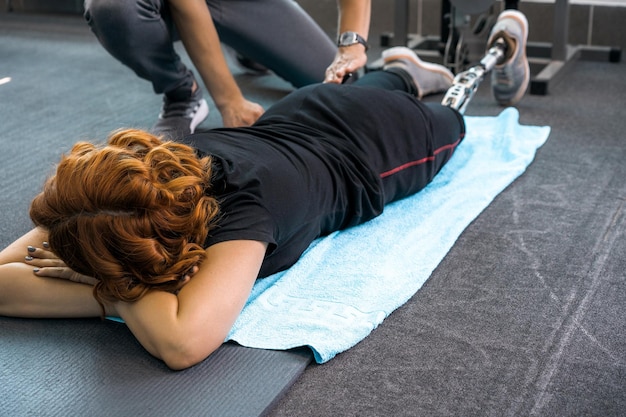
Fitness

Fitness

Fitness
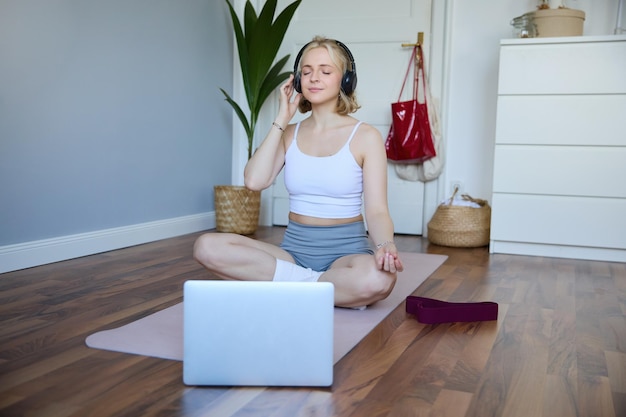
Fitness
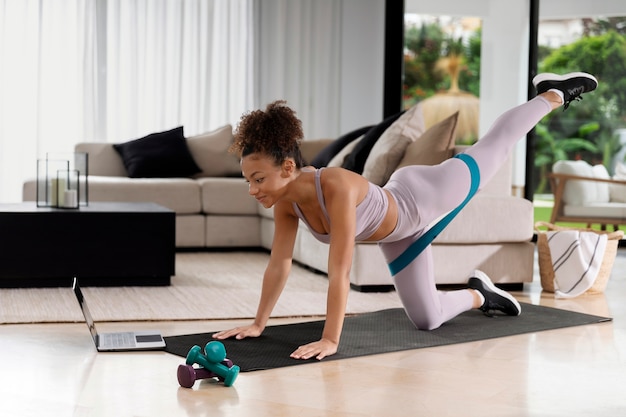
Fitness

Fitness
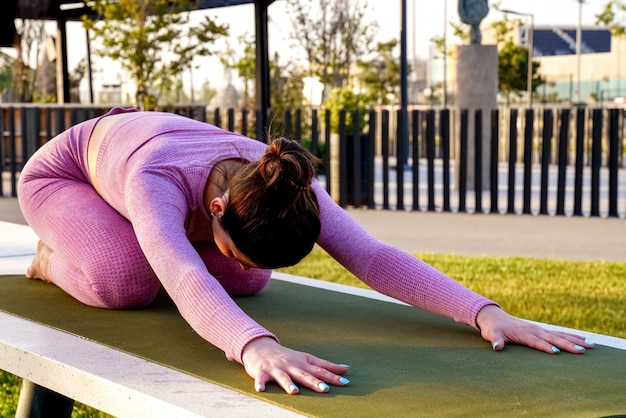
Fitness
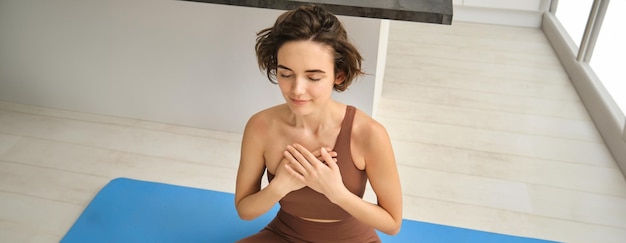
Wellness

Health

Fitness

Health

Health